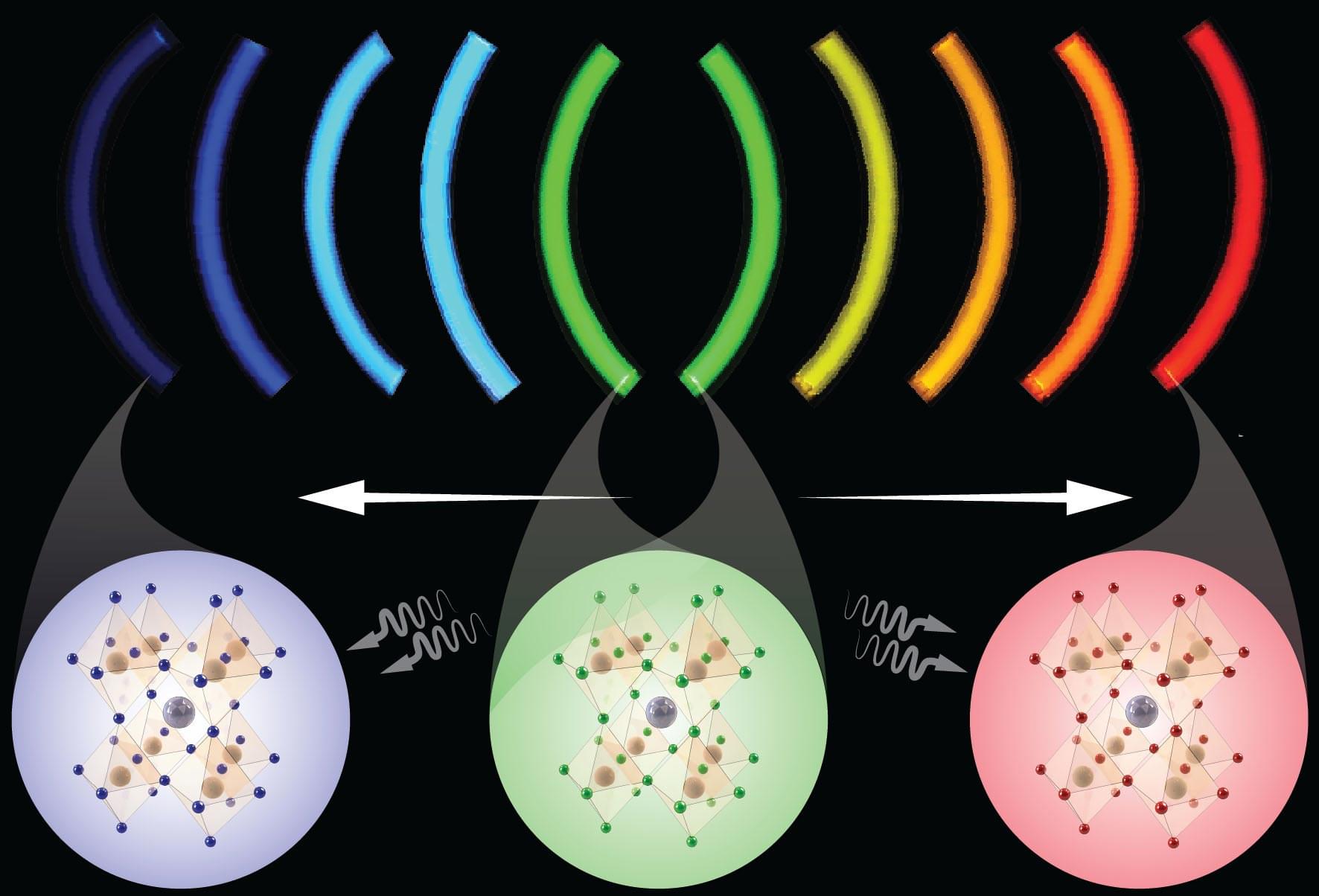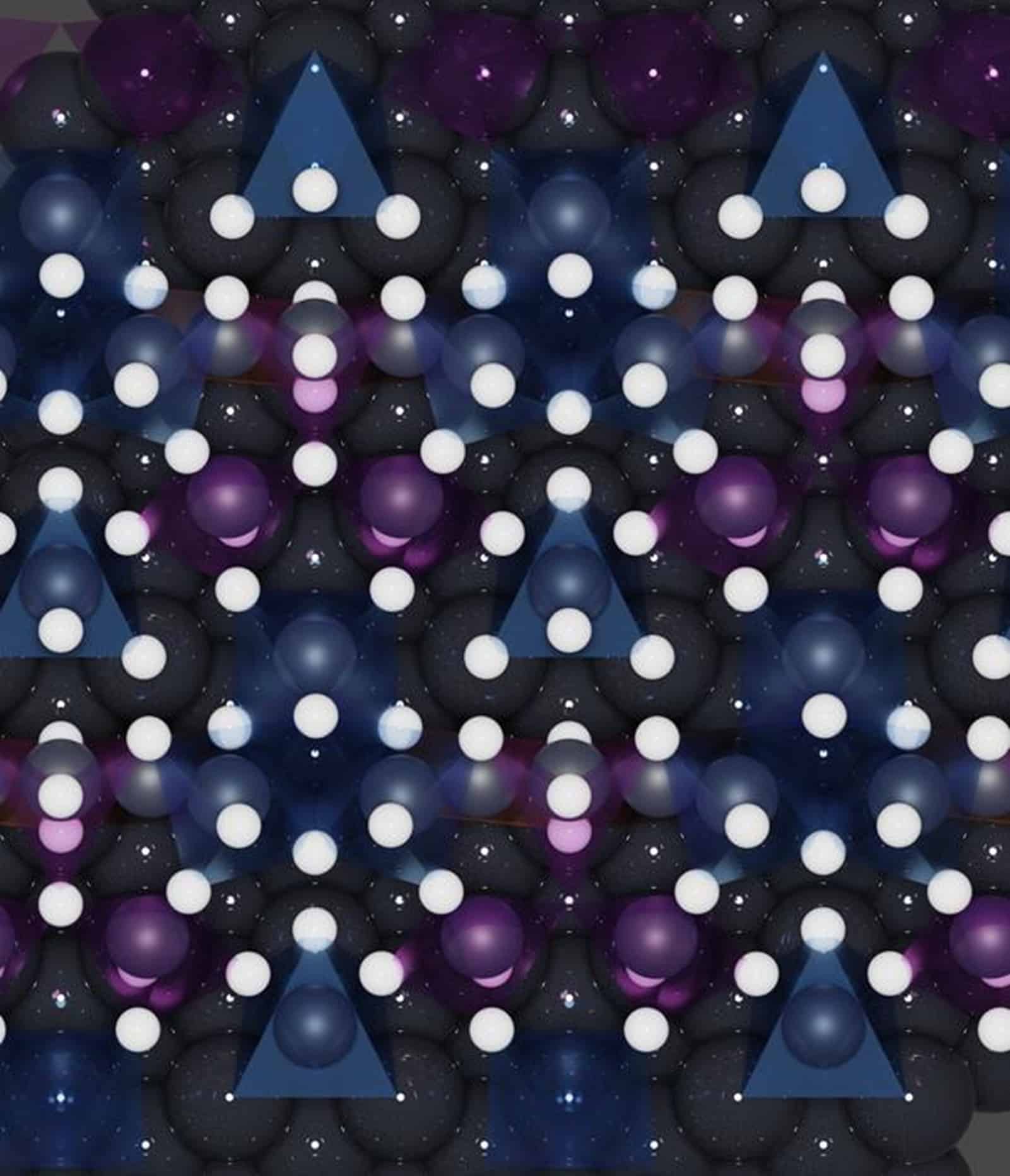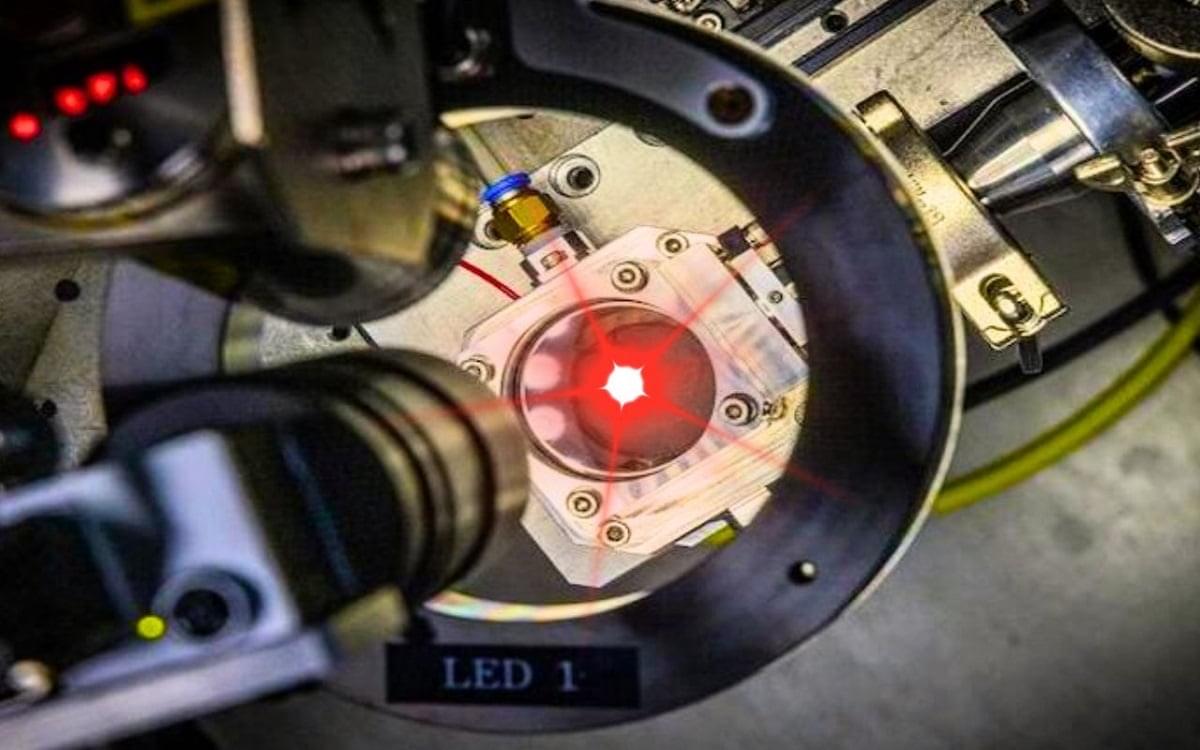Researchers at the University of Bayreuth present novel electrospun nonwovens in Science Advances that exhibit an unusual combination of high electrical conductivity and extremely low thermal conductivity.
The nonwovens represent a breakthrough in materials research: it has been possible to decouple electrical and thermal conductivity based on a simple-to-implement material concept. The nonwovens are made of carbon and silicon-based ceramic via electrospinning process and are attractive for technological applications, for example, in energy technology and electronics. They can be manufactured and processed cost-effectively on an industrial scale.
Normally, high electrical conductivity is associated with high thermal conductivity, and low thermal conductivity goes with low electrical conductivity. However, in many high-tech industries, there is growing interest in multifunctional materials that that combine good electric with low thermal transport.







